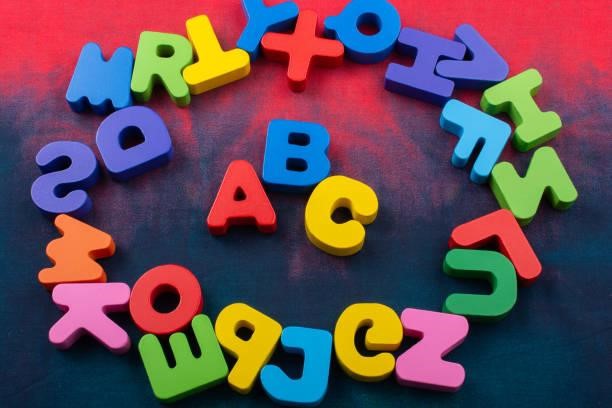Tips for Teaching Sight Words to Beginner ESL Students
Teaching sight words is a key part of learning a new language, especially for beginning ESL students. Sight words are high frequency words that are essential for reading fluency and understanding written text. Teaching these fundamentals can be a challenging but rewarding experience for both teacher and student. In this article, we'll discuss tips and best practices to help you effectively teach sight words to your beginning ESL students.
1. Start with Foundational Concepts: For some beginning ESL students, it can be helpful to start with foundational concepts such as letter recognition and phonemic awareness before diving into sight word instruction. This will allow them to construct a better understanding of how letters work together to form words and make sight word learning easier when they do begin.

2. Introduce Sight Words Slowly and Gradually: When teaching sight words, it’s important to introduce them slowly and gradually. This will give the students time to practice and master each word, and also help build confidence in their reading abilities.
3. Use Visuals: Visuals can be a great tool to help reinforce sight words. Consider creating poster boards or flashcards with pictures and the corresponding words to make sure your students are able to link the words with the images. You can also create games where the students have to match the word with its corresponding picture.
4. Make It Fun: Sight word instruction doesn't have to be dull and boring! Incorporate fun activities such as singing songs or playing games to make the process more enjoyable for your students. This will keep them engaged and help them develop their learning skills at the same time.
5. Use Technology: Technology can be a great way to enable more effective sight word instruction. There are a variety of apps and websites available that provide interactive activities, videos, and games that can help your students master sight words. Moreover, these tools can save you time and effort while still ensuring that your students are receiving quality instruction.

Teaching sight words to beginning ESL students can be intimidating, but it doesn’t have to be. By following the tips outlined above, you can provide your students with the best possible opportunity to succeed in mastering these essential building blocks.




